FPV receiver and its RC radio protocols
One of the biggest and unfortunately most complex issues in the FPV hobby are the radio protocols and their transmitters (controllers, radio) and receivers (the receiving unit on the FPV drone) – that is, the controlling connection between the control unit in your hand and your quad. (Note, this is different from the video feed, which is the connection for the image!).
To be quite honest, I think it’s also one of the most annoying and daunting topics with quite a bit of frustration potential. So it doesn’t have to be that way, if you want to get started as an FPV beginner – read this article!
OK, but what’s so dumb about this topic?
- You must decide which protocol you want to use before making your first purchase.
- There is no compatibility among the protocols.
- The “binding”, i.e. the connection between the controller and the quad, is often more complicated than one would expect in today world.
- Poor protocols lead to many disconnections, and thus crashes.
But for now, let’s get to the good news:
Right now (in the year 2022) a lot is happening, so that at least the last point slowly belongs to the past. With ExpressLRS (ELRS), an inexpensive (in terms of hardware costs) and at the same time very stable, long-range protocol has come onto the market, which is about to completely replace the old, inexpensive and unfortunately not very reliable ones (FlySky and FrSky).

Overview of the protocols
Proprietary / Cost / Link table
| Protocol | Source code | Link-Quality | Distribution | Ease of Use |
|---|---|---|---|---|
| Crossfire | ❌ Proprietary | ✅ Good | ✅ High | ✅ Go |
| DSM2 / DSMX | ❌ Proprietary | 🟡 Medium | ❌ Infrequent | 🟡 Medium |
| Express LRS | ✅ Open | ✅ Good | 📈 Increases | ❌ Complicated |
| FlySky | ✅ Open | ❌ Low | ✅ High 📉 Declines | ❌ Complicated |
| FrSky | ✅ Open | 🟡 Medium | ✅ High | ❌ Complicated |
| FrSky R9 | ✅ Open | ✅ Good | ❌ Low | ❌ Complicated |
| Ghost | ❌ Proprietary | ✅ Good | ❌ Low | 🟡 Medium |
| Tracer | ❌ Proprietary | 🟡 Medium | ❌ Low | ✅ Go |
The protocols in detail
(From old to new.)
Spektrum DSM2 and Spektrum DSMX – Good old school

It is occasionally seen by some pros and old hands and still has some prevalence in model aviation, but I must confess that we have no own and also no experience in our environment with DSM2 and DSMX.
Sorry.
FlySky – The low-cost protocol to start with

FlySky has been the entry point for many people in the FPV business – it simply had the price advantage. But at least as many have then moved on. FlySky has a crappy link. Far away is not possible anyway, but sometimes it just happens that the link is gone and the drone failsafes and drops to the ground.
Due to the extremely low price, FlySky has nevertheless lasted for a long time, but with ELRS, the days that some many people used it may slowly be gone.
FrSky – Bread & Butter RC

FrSky is minimally more expensive than FlySky and also a popular entry-level variant. FrSky’s radios were also long considered the non-plus-ultra in the FPV world. The FrSky Taranis was probably the most constant recommendation before there were game-style controllers.
And FrSky also has much better range and stability than FlySky, but still it is not mid-range and long-range suitable, and link quality and price of installed hardware also had a high correlation.
FrSky and FlySky are quite common in the beginner sector, and yet they are really anything but beginner-friendly. The binding with bridging of pins and simultaneous connection of the battery is only feasible with three hands, and the channel mapping with FrSky you have to have understood first, so that you can set everything correctly in the radio.
Fortunately, there is a lot of help and material about FrSky on the web. Pretty much everyone has had to deal with it at one time or another. However, I think with Express LRS, the days of FrSky (at least the “old” D8 and D12 protocols) are numbered.
FrSky R9 and LR12
There are some newer protocols from FrSky, which are more tailored to the needs of racers and long range. R9 and R9M work with 900MHz.
TBS Crossfire

Crossfire’s link is almost like a cable. Nothing shakes the 900MHz link, for so many who switched from FlySky or FrSky, Crossfire was THE revelation.
If money is not the biggest issue, Crossfire is definitely a very good choice.

Pros: Excellent link, fairly simple setup
Disadvantages: Expensive, large antennas, proprietary
TBS Tracer

Less range than Crossfire but super-low latency due to FLRC: Tracer is the protocol for racers from Team Blacksheep (TBS). But again, the cost is high and antennas and modules are too large for extremely small copters.
ImmersionRC Ghost

ImmersionRC is known in the FPV scene for very good, innovative hardware and has established itself as a technology for racing. And with your “Ghost” protocol no less written on the flags, than to create the egg-laying willow: Lowest latencies for racers with devious 550Hz resolution, Huge ranges over 40Km in 2.4Ghz band, small receiver for whoops, medium for the full power.

And they have done their homework: Ghost is reliable and at home in several “disciplines” at the same time. But expensive and proprietary.
ExpressLRS (ELRS)

Last, but definitely not least: ExpressLRS! ELRS has in a very short time gone from open-source frickel-protocol (“You have to flash the module yourself and build a case”) to the candidate for the new “standard” in FPV: Receiver in all sizes, has an excellent link, low latency and more range than you need for FPV flying, new radios have ELRS mostly already built in and BNF Quads almost always come with an ELRS option. There are different bands (2.4GHz, 900MHz) depending on the application (Racing/Freestyle, Long range) A bit complicated is the setup partly still (keyword OpenTX flashing), but it has especially three huge advantages:
- ELRS is open source (not proprietary)
- ELRS is an excellent protocol
- ELRS is cheap
The latter follows from the former: ExpressLRS was developed open source by the community, and any manufacturer can develop hardware for it license-free. This lowers costs considerably and ensures healthy competition.
What about controllers?
FPV RC Module Format: Nano-Module (Lite) and JR Module
If your radio is not internally equipped with the protocol, it is possible to retrofit a module to almost all controllers. For these modules, there are different shaft sizes. Except for a few exotics, there are actually only two common ones: The JR Module Bay and the Nano Module Bay.

JR modules have two retaining clips on the side and are often the options with the strongest output powers, Nano modules are plugged in and are used primarily for “game controller style” radios.
Firmware: OpenTX and EDGETX
Multi-protocol Controller
There are a lot of controllers that support multiple protocols. If you already own a few FPV racers with older protocols, you can ensure compatibility with the CC2500 and JP4in1.
Other than that:
Recommended purchase
If you’re new to FPV, there’s one clear buy recommendation: ELRS! ExpressLRS is about to become the new standard for the radio protocol. So if you’re just starting out, get a radio that supports ELRS out of the box and a matching FPV drone with ELRS on board, or upgrade to an ELRS receiver.
Receiver recommendation
ELRS has such a great range that you only need “real” antennas (antennas that protrude visibly from the racer) if you really want to fly far away (long range). For what we normally do – racing and freestyle – a soldered antenna with ELRS is quite sufficient.
A decent brand is BetaFPV, so the two Nano modules can be recommended almost without restrictions:
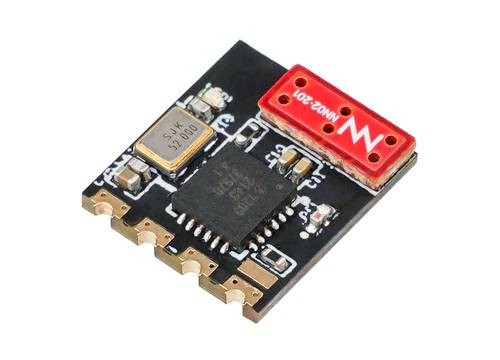
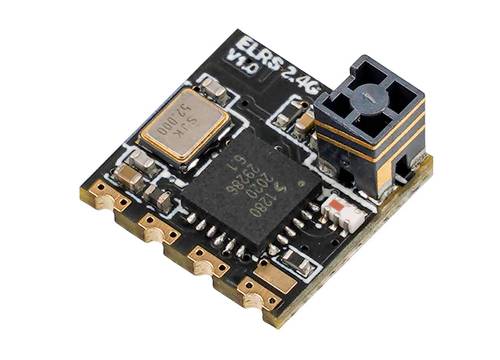
Prices here:
Radio / Controller recommendation
Very short and to the point, if you’re new to the subject, get a radio with ELRS, and get a RadioMaster. In the past, a controller from FrSky from the Taranis series was almost always recommended (I fly an X-Lite myself), but in the meantime it must be said that the RadioMaster simply offers the better price-performance ratio.
Then you really only have to decide between the design: Gamepad Style Controller or Block.
Radio Master Zorro
With the Zorro, Radiomaster has really created an ingenious overall package for a fantastic price.

RadioMaster TX12 / TX16S
For starters, the TX12 is enough, if you are more confident with your ambitions (or simply want to have something that you can sell again well in case of doubt), get the TX16S. This radio is now flown by many professionals.
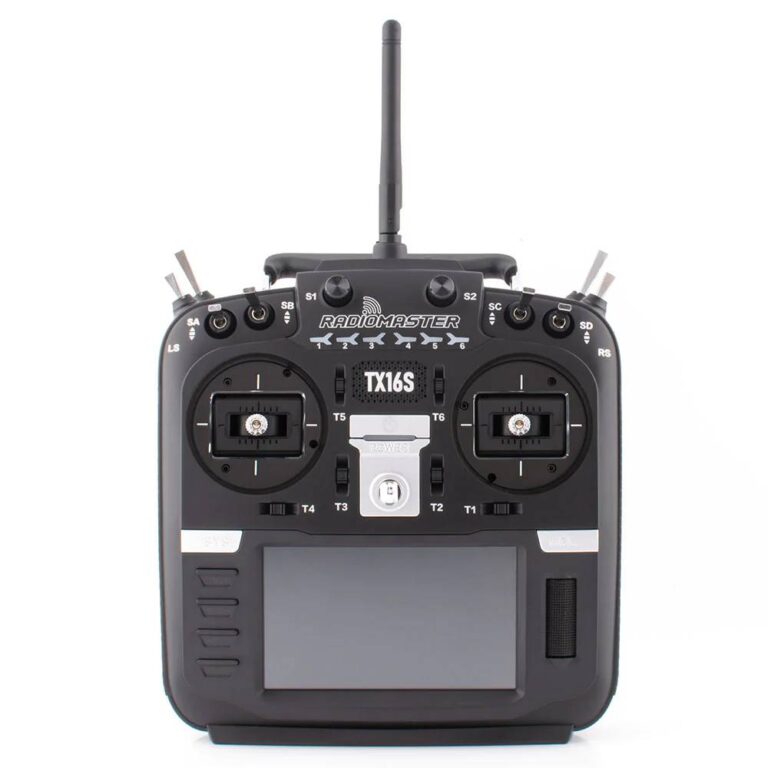

BetaFPV LiteRadio 3
As a budget option, still the LiteRadio 3 from BetaFPV. (There is also a “Pro” version with display).

Glossar
What does TX mean
This is the protocol / the radio link “from radio to receiver”.
What does RX (TRX) mean
This is the protocol “From Receiver to FC (Flight Controller)”.
Any more questions / Forgotten something?
Then just write me a reply to the newsletter – I’m happy to help!
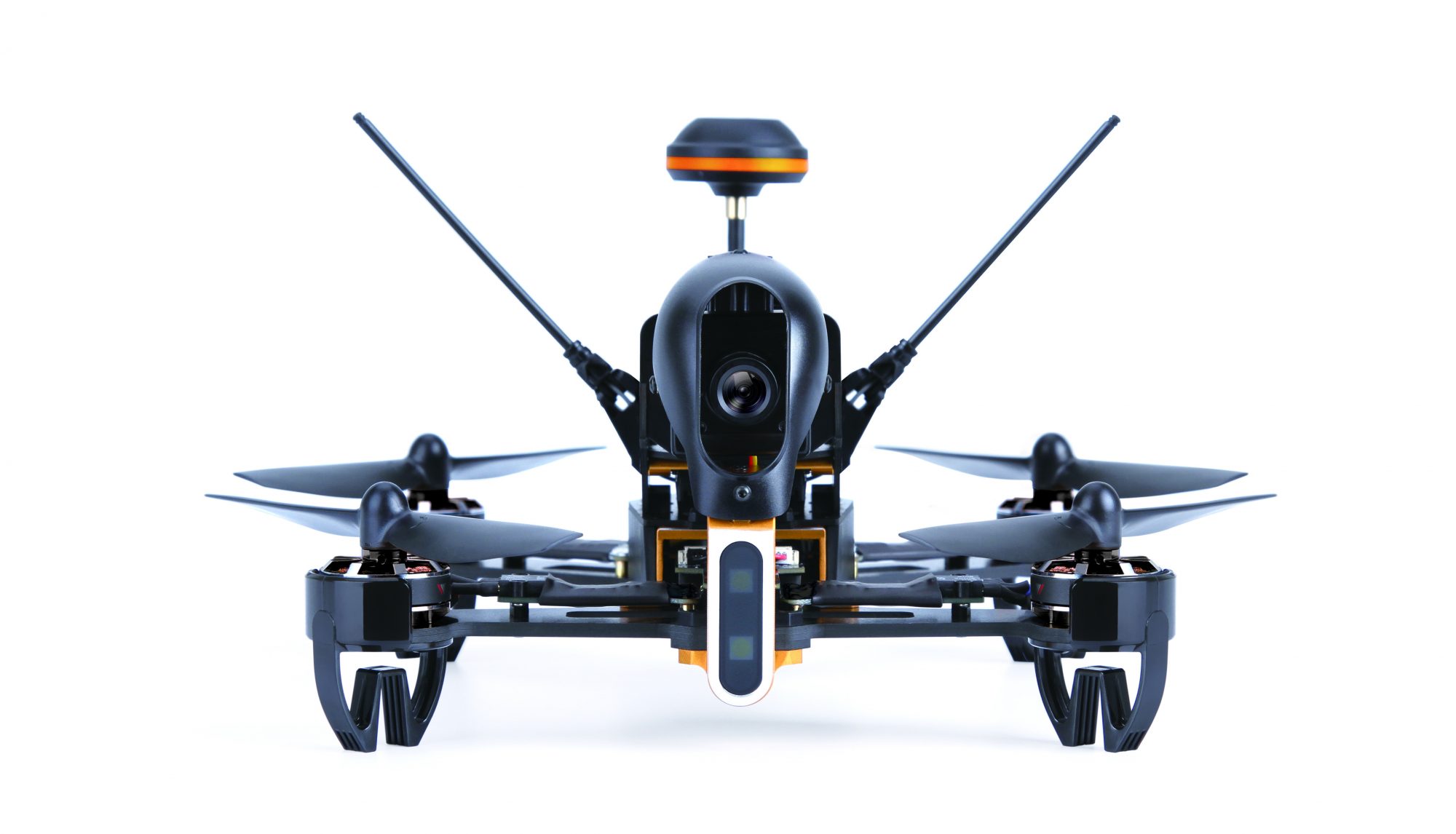
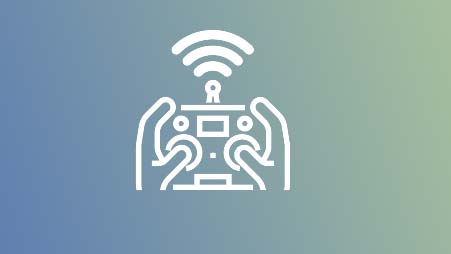
3 Replies to “FPV RC PROTOCOLS | ELRS, TRACER, CROSSFIRE, GHOST, FLYSKY, FRSKY, DSMX”